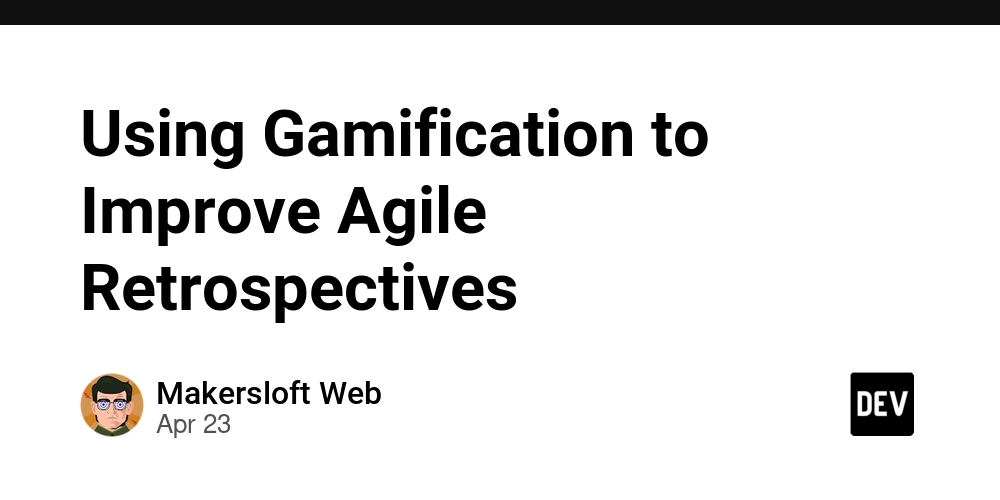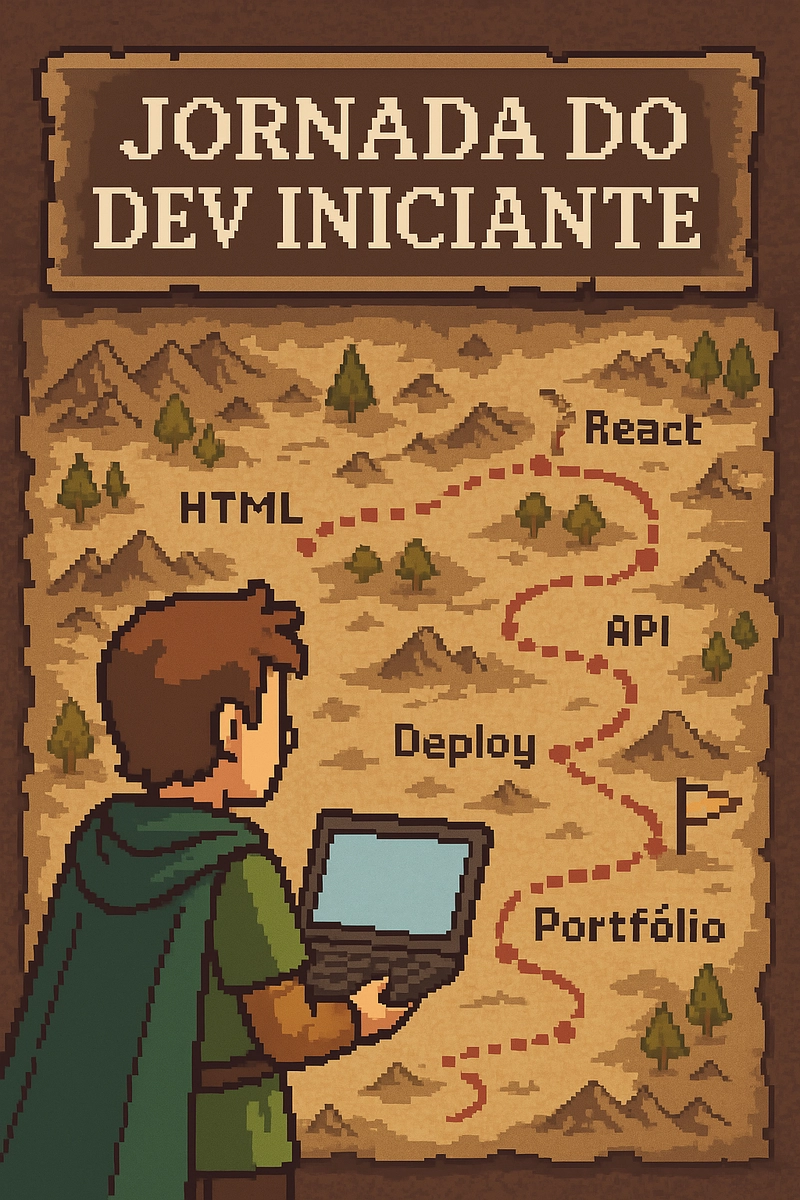Master Next.js in 60 Days: The Ultimate Day-by-Day Roadmap (With Ebook Guide)
Are you ready to become a Next.js expert in just 60 days? Follow this carefully designed daily roadmap and you'll be building real-world, production-ready applications in two months! For deeper explanations, code examples, and full real-world projects, grab the ebook: Next.js & React: The Ultimate Guide for Scalable Web Apps — highly recommended to supercharge your learning! Days 1–5: Introduction to Next.js Day 1: What is Next.js? Why use it? (Static vs Server-side Rendering) Day 2: Install Next.js (npx create-next-app@latest) and explore project structure. Day 3: Understand pages and routing basics. Day 4: Dynamic routes ([id].js) and linking pages with next/link. Day 5: Deep dive into the app/ vs pages/ directories (Next.js 13+). (Tip: Follow along with the Next.js & React: The Ultimate Guide for Scalable Web Apps for visual walkthroughs.) Days 6–10: Building Core Skills Day 6: Create your first components and reuse them. Day 7: Global CSS and CSS Modules (Component.module.css). Day 8: Install TailwindCSS and setup with Next.js. Day 9: Layouts: Building a consistent page structure across your app. Day 10: Add SEO tags with next/head. Days 11–15: Data Fetching and APIs Day 11: getStaticProps - Static Site Generation explained. Day 12: getServerSideProps - Real-time server-side rendering. Day 13: getStaticPaths - Generate dynamic pages at build time. Day 14: Create API Routes in /pages/api/. Day 15: Fetch external APIs and display dynamic data. (Note: In the ebook, you’ll find full working examples for these methods — Get it here). Days 16–20: Advanced Routing and Features Day 16: Nested routing and complex URL structures. Day 17: Catch-all routes ([...slug].js) explained. Day 18: Custom 404 Pages. Day 19: Redirects and Rewrites in Next.js. Day 20: Middleware basics for authentication and redirects. Days 21–25: Backend Integration and Fullstack Features Day 21: Build serverless functions with API routes. Day 22: Handle POST requests and form submissions. Day 23: Connect to a database (MongoDB/Prisma). Day 24: Authentication basics with NextAuth.js. Day 25: Protecting client-side and server-side routes. (Again, the Next.js & React ebook has real examples for full authentication setups — get it here). Days 26–30: UI Improvements and Optimization Day 26: Image optimization using next/image. Day 27: Script optimization using next/script. Day 28: Lazy loading and performance improvements. Day 29: Responsive design with TailwindCSS. Day 30: Building reusable UI components (Navbar, Footer, Cards). Days 31–35: Real-World Project #1 (Personal Blog) Day 31: Plan and design your blog project. Day 32: Set up dynamic blog posts with getStaticProps and getStaticPaths. Day 33: Add categories, tags, and filters. Day 34: SEO Optimization: Meta tags, OpenGraph, sitemap.xml. Day 35: Deploy your blog to Vercel. (Bonus: Full blog project walkthrough in the ebook — Get the ebook). Days 36–40: Real-World Project #2 (E-commerce Store) Day 36: Plan your store: Pages, Cart, Product Details. Day 37: Connect to fake API (like fakestoreapi.com). Day 38: Build a Cart functionality (context API or Zustand). Day 39: Add checkout flow (dummy for now). Day 40: Deploy and optimize. Days 41–45: Fullstack Mastery Day 41: Server Components in Next.js 14/15. Day 42: Server Actions basics. Day 43: Build a mini dashboard (protected route). Day 44: Use MongoDB + Next.js for real data storage. Day 45: Deploy a fullstack app (Vercel + MongoDB Atlas). Days 46–50: Productivity and Scaling Day 46: Folder structure for large Next.js apps. Day 47: Use SWR or React Query for better data fetching. Day 48: Add a CMS (like Sanity.io or Contentful) to your Next.js app. Day 49: Learn about code splitting and prefetching. Day 50: Implement dark mode and theme toggles. (Need full advanced projects? Grab the full Next.js & React ebook here.) Days 51–55: Final Capstone Project (SaaS Dashboard) Day 51: Plan a SaaS project (Dashboard UI, Authentication, Billing). Day 52: Set up pages, API routes, server components. Day 53: Integrate a payment system (use Stripe test mode). Day 54: Create admin vs user dashboards. Day 55: Polish your project and prepare it for launch. Days 56–60: Polishing and Mastery Day 56: Advanced Deployment strategies (custom domains, SSL, environment variables). Day 57: Analytics and error monitoring (Vercel Analytics, Sentry). Day 58: Upgrade performance (Lighthouse audits, Core Web Vitals). Day 59: Learn internationalization (i18n) basics in Next.js. Day 60: Portfolio: Showcase your projects, update your resume, and start applying for jobs! Final Thoughts You made it through 60 days! You now have a powerful skillset
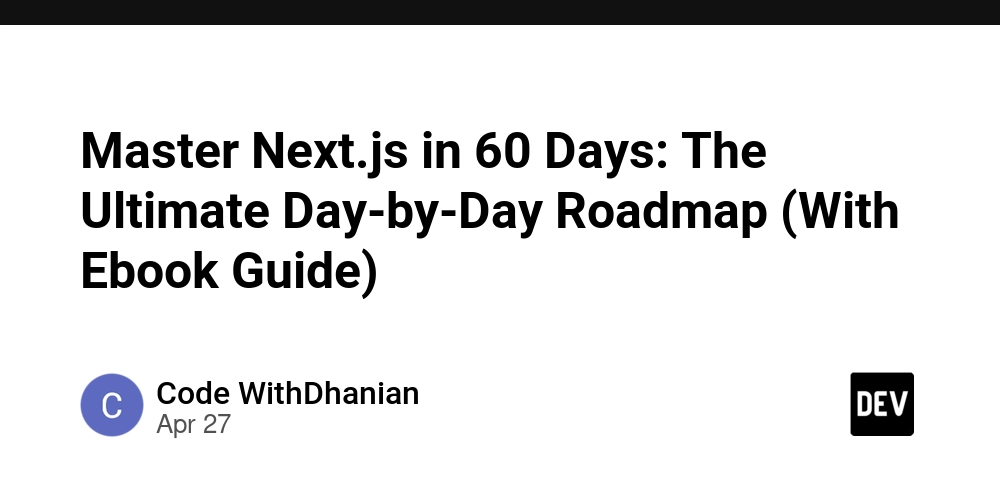
Are you ready to become a Next.js expert in just 60 days?
Follow this carefully designed daily roadmap and you'll be building real-world, production-ready applications in two months!
For deeper explanations, code examples, and full real-world projects, grab the ebook:
Next.js & React: The Ultimate Guide for Scalable Web Apps — highly recommended to supercharge your learning!
Days 1–5: Introduction to Next.js
- Day 1: What is Next.js? Why use it? (Static vs Server-side Rendering)
-
Day 2: Install Next.js (
npx create-next-app@latest) and explore project structure. - Day 3: Understand pages and routing basics.
-
Day 4: Dynamic routes (
[id].js) and linking pages withnext/link. -
Day 5: Deep dive into the
app/vspages/directories (Next.js 13+).
(Tip: Follow along with the Next.js & React: The Ultimate Guide for Scalable Web Apps for visual walkthroughs.)
Days 6–10: Building Core Skills
- Day 6: Create your first components and reuse them.
-
Day 7: Global CSS and CSS Modules (
Component.module.css). - Day 8: Install TailwindCSS and setup with Next.js.
- Day 9: Layouts: Building a consistent page structure across your app.
-
Day 10: Add SEO tags with
next/head.
Days 11–15: Data Fetching and APIs
-
Day 11:
getStaticProps- Static Site Generation explained. -
Day 12:
getServerSideProps- Real-time server-side rendering. -
Day 13:
getStaticPaths- Generate dynamic pages at build time. -
Day 14: Create API Routes in
/pages/api/. - Day 15: Fetch external APIs and display dynamic data.
(Note: In the ebook, you’ll find full working examples for these methods — Get it here).
Days 16–20: Advanced Routing and Features
- Day 16: Nested routing and complex URL structures.
-
Day 17: Catch-all routes (
[...slug].js) explained. - Day 18: Custom 404 Pages.
- Day 19: Redirects and Rewrites in Next.js.
- Day 20: Middleware basics for authentication and redirects.
Days 21–25: Backend Integration and Fullstack Features
- Day 21: Build serverless functions with API routes.
- Day 22: Handle POST requests and form submissions.
- Day 23: Connect to a database (MongoDB/Prisma).
- Day 24: Authentication basics with NextAuth.js.
- Day 25: Protecting client-side and server-side routes.
(Again, the Next.js & React ebook has real examples for full authentication setups — get it here).
Days 26–30: UI Improvements and Optimization
-
Day 26: Image optimization using
next/image. -
Day 27: Script optimization using
next/script. - Day 28: Lazy loading and performance improvements.
- Day 29: Responsive design with TailwindCSS.
- Day 30: Building reusable UI components (Navbar, Footer, Cards).
Days 31–35: Real-World Project #1 (Personal Blog)
- Day 31: Plan and design your blog project.
-
Day 32: Set up dynamic blog posts with
getStaticPropsandgetStaticPaths. - Day 33: Add categories, tags, and filters.
- Day 34: SEO Optimization: Meta tags, OpenGraph, sitemap.xml.
- Day 35: Deploy your blog to Vercel.
(Bonus: Full blog project walkthrough in the ebook — Get the ebook).
Days 36–40: Real-World Project #2 (E-commerce Store)
- Day 36: Plan your store: Pages, Cart, Product Details.
- Day 37: Connect to fake API (like fakestoreapi.com).
- Day 38: Build a Cart functionality (context API or Zustand).
- Day 39: Add checkout flow (dummy for now).
- Day 40: Deploy and optimize.
Days 41–45: Fullstack Mastery
- Day 41: Server Components in Next.js 14/15.
- Day 42: Server Actions basics.
- Day 43: Build a mini dashboard (protected route).
- Day 44: Use MongoDB + Next.js for real data storage.
- Day 45: Deploy a fullstack app (Vercel + MongoDB Atlas).
Days 46–50: Productivity and Scaling
- Day 46: Folder structure for large Next.js apps.
- Day 47: Use SWR or React Query for better data fetching.
- Day 48: Add a CMS (like Sanity.io or Contentful) to your Next.js app.
- Day 49: Learn about code splitting and prefetching.
- Day 50: Implement dark mode and theme toggles.
(Need full advanced projects? Grab the full Next.js & React ebook here.)
Days 51–55: Final Capstone Project (SaaS Dashboard)
- Day 51: Plan a SaaS project (Dashboard UI, Authentication, Billing).
- Day 52: Set up pages, API routes, server components.
- Day 53: Integrate a payment system (use Stripe test mode).
- Day 54: Create admin vs user dashboards.
- Day 55: Polish your project and prepare it for launch.
Days 56–60: Polishing and Mastery
- Day 56: Advanced Deployment strategies (custom domains, SSL, environment variables).
- Day 57: Analytics and error monitoring (Vercel Analytics, Sentry).
- Day 58: Upgrade performance (Lighthouse audits, Core Web Vitals).
- Day 59: Learn internationalization (i18n) basics in Next.js.
- Day 60: Portfolio: Showcase your projects, update your resume, and start applying for jobs!
Final Thoughts
You made it through 60 days! You now have a powerful skillset in Next.js that can open doors to freelance jobs, startups, or full-time web developer roles.
But remember: This plan is even more powerful when combined with in-depth examples, real project code, and professional tips from the ebook:
Get "Next.js & React: The Ultimate Guide for Scalable Web Apps" here →
Level up your future — today!































































































































































![[The AI Show Episode 143]: ChatGPT Revenue Surge, New AGI Timelines, Amazon’s AI Agent, Claude for Education, Model Context Protocol & LLMs Pass the Turing Test](https://www.marketingaiinstitute.com/hubfs/ep%20143%20cover.png)














































































































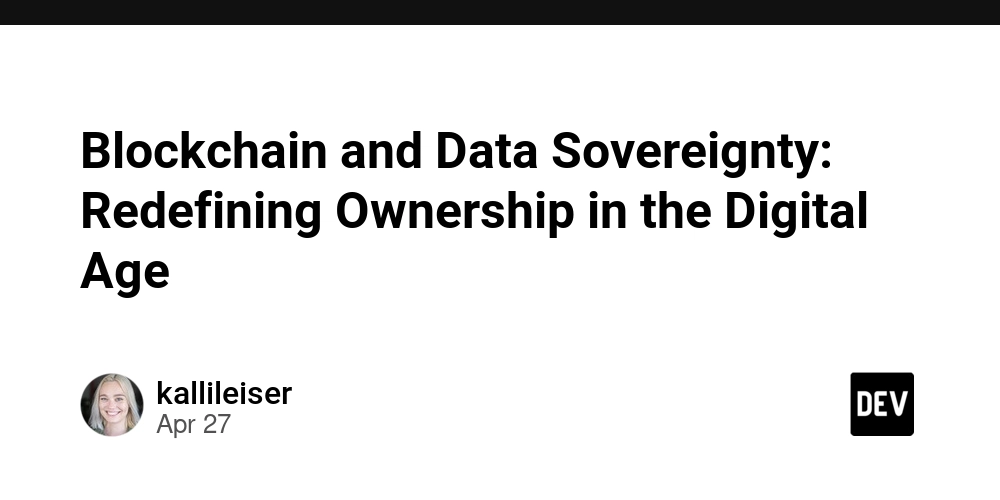

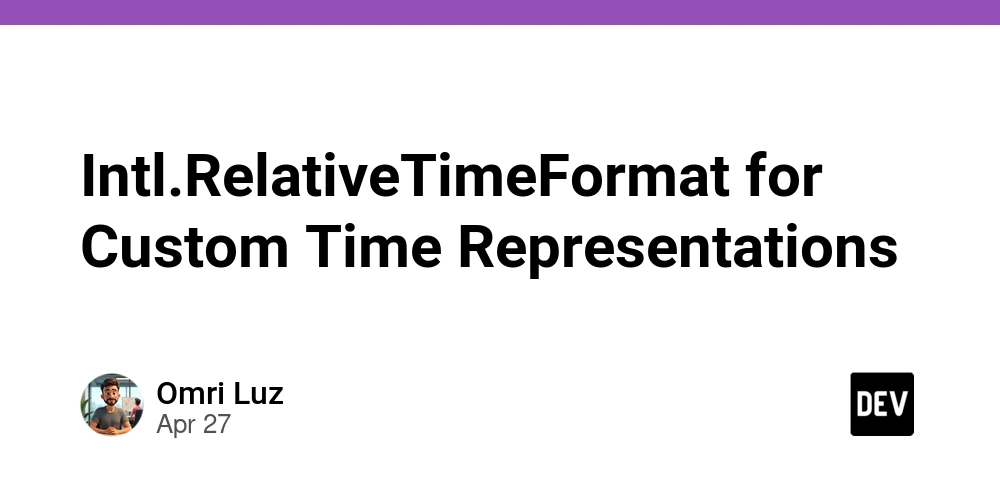











![[DEALS] Koofr Cloud Storage: Lifetime Subscription (1TB) (80% off) & Other Deals Up To 98% Off – Offers End Soon!](https://www.javacodegeeks.com/wp-content/uploads/2012/12/jcg-logo.jpg)
























![Is this too much for a modular monolith system? [closed]](https://i.sstatic.net/pYL1nsfg.png)







































































































![M4 MacBook Air Drops to Just $849 - Act Fast! [Lowest Price Ever]](https://www.iclarified.com/images/news/97140/97140/97140-640.jpg)












_roibu_Alamy.jpg?width=1280&auto=webp&quality=80&disable=upscale#)




 CISO’s Core Focus.webp?#)



































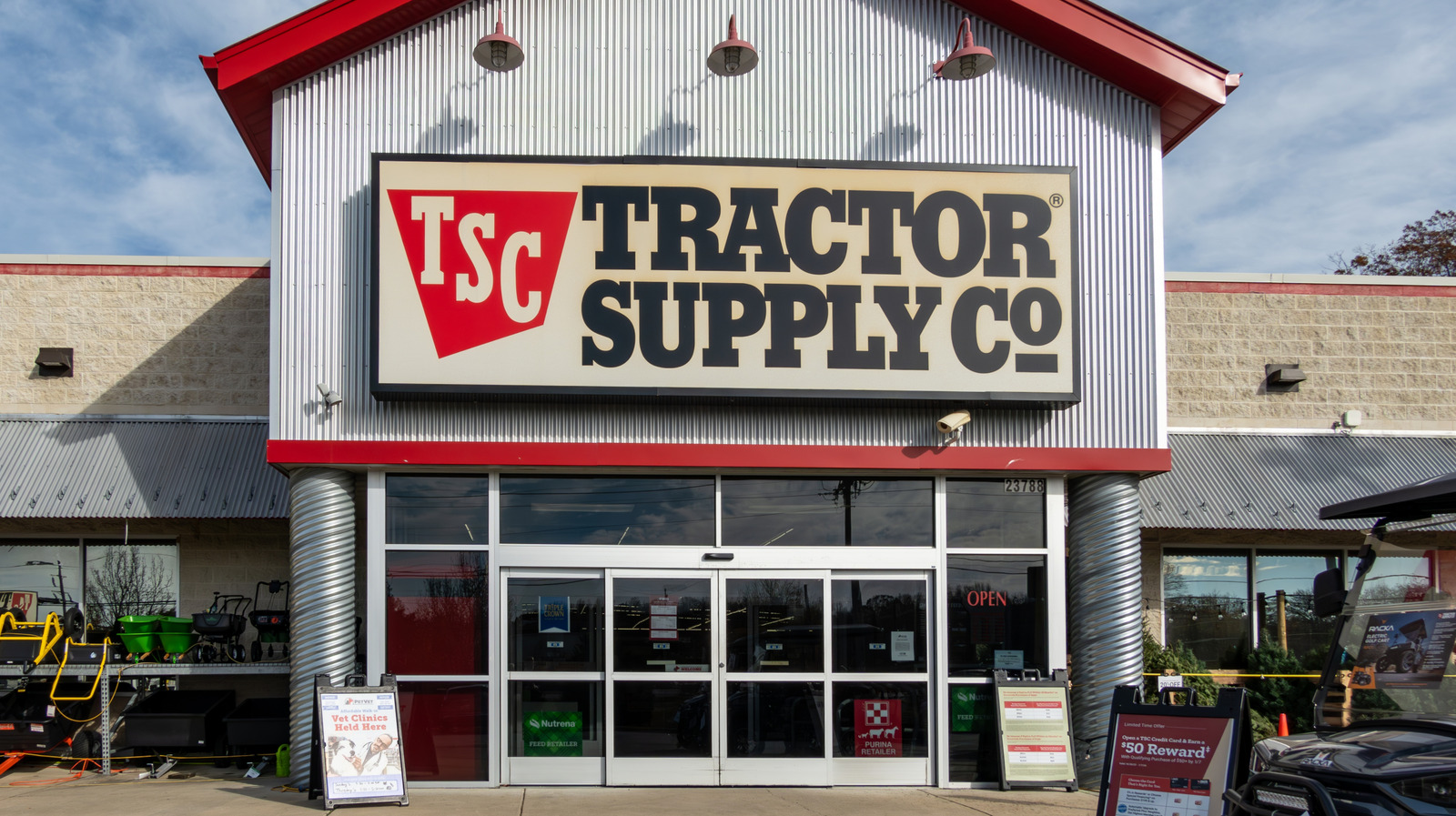

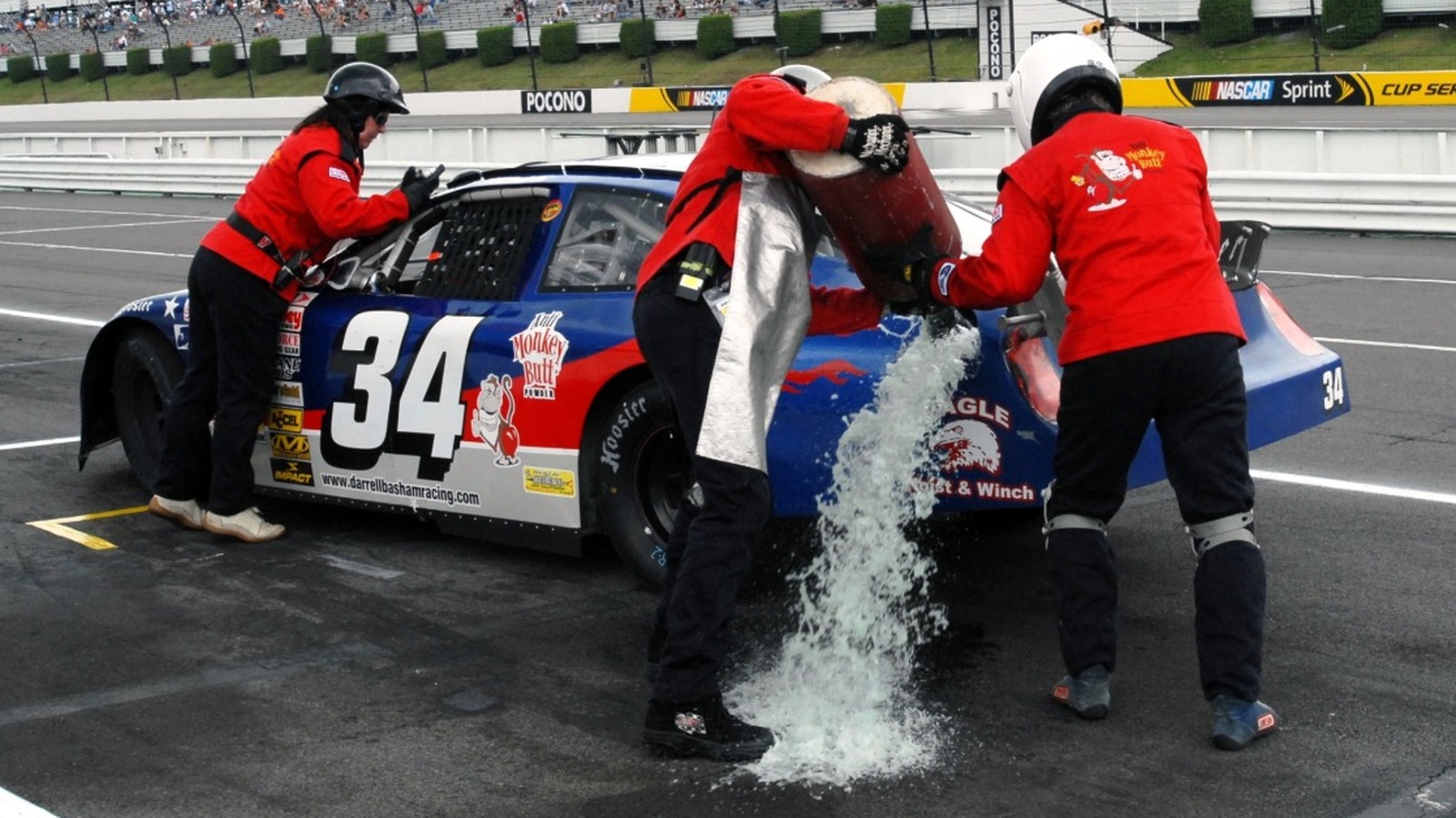

































































![Apple Smart Glasses Not Close to Being Ready as Meta Targets 2025 [Gurman]](https://www.iclarified.com/images/news/97139/97139/97139-640.jpg)
![iPadOS 19 May Introduce Menu Bar, iOS 19 to Support External Displays [Rumor]](https://www.iclarified.com/images/news/97137/97137/97137-640.jpg)




































































































